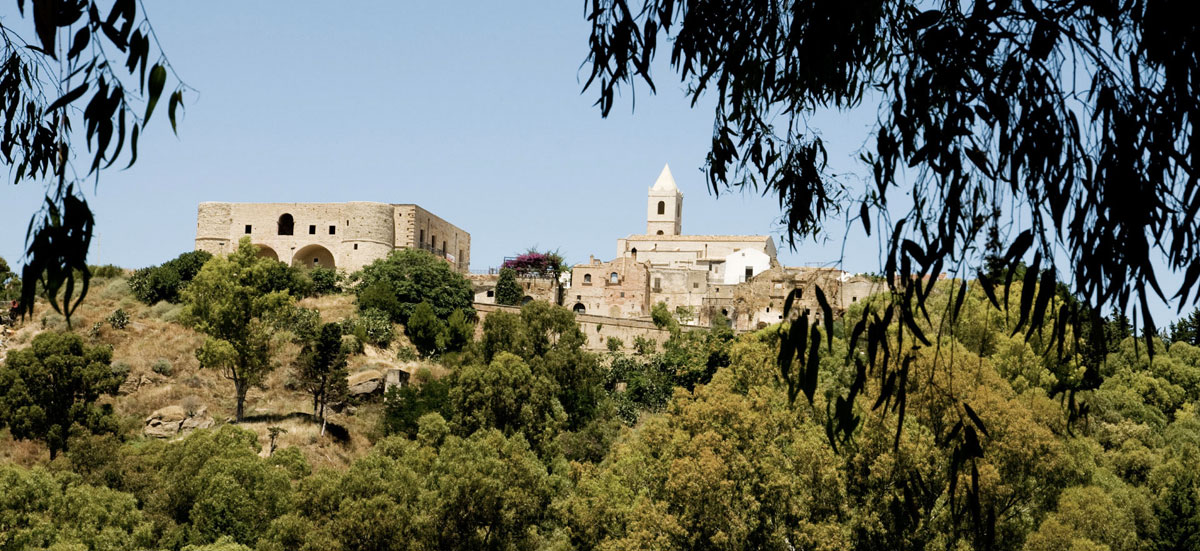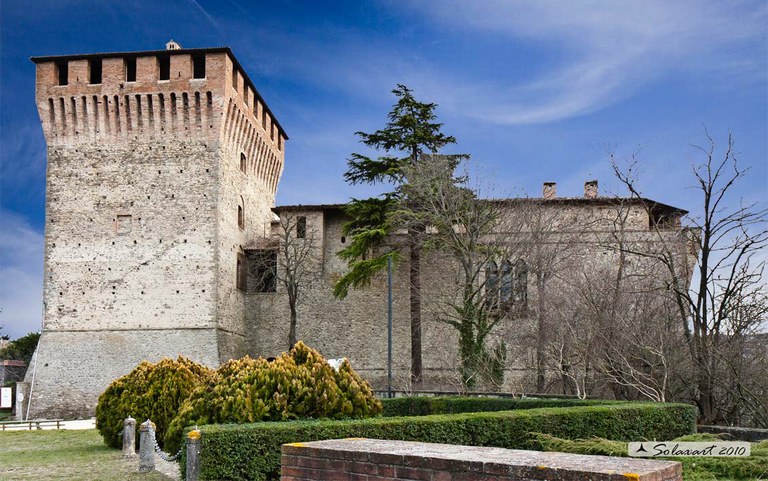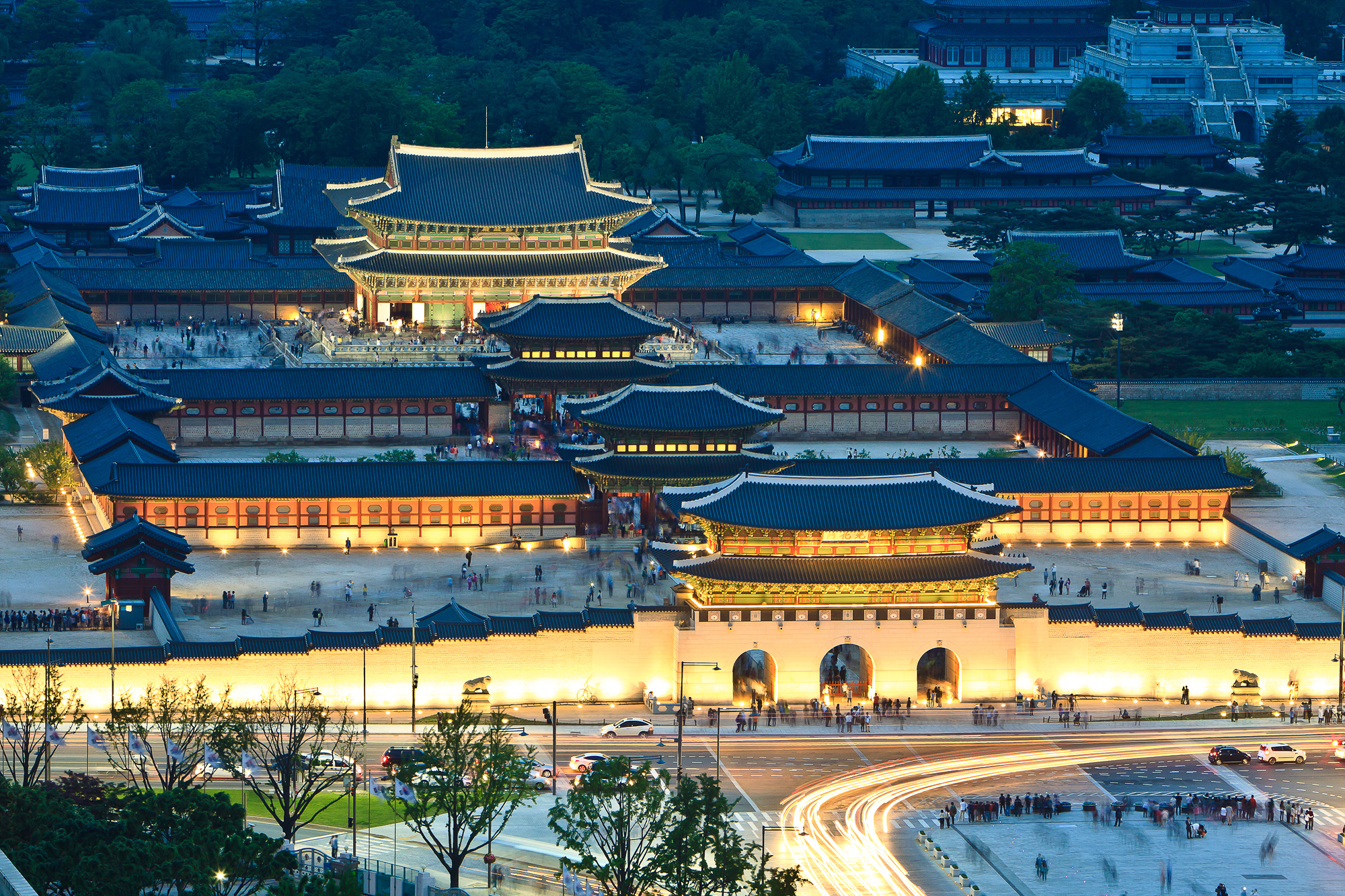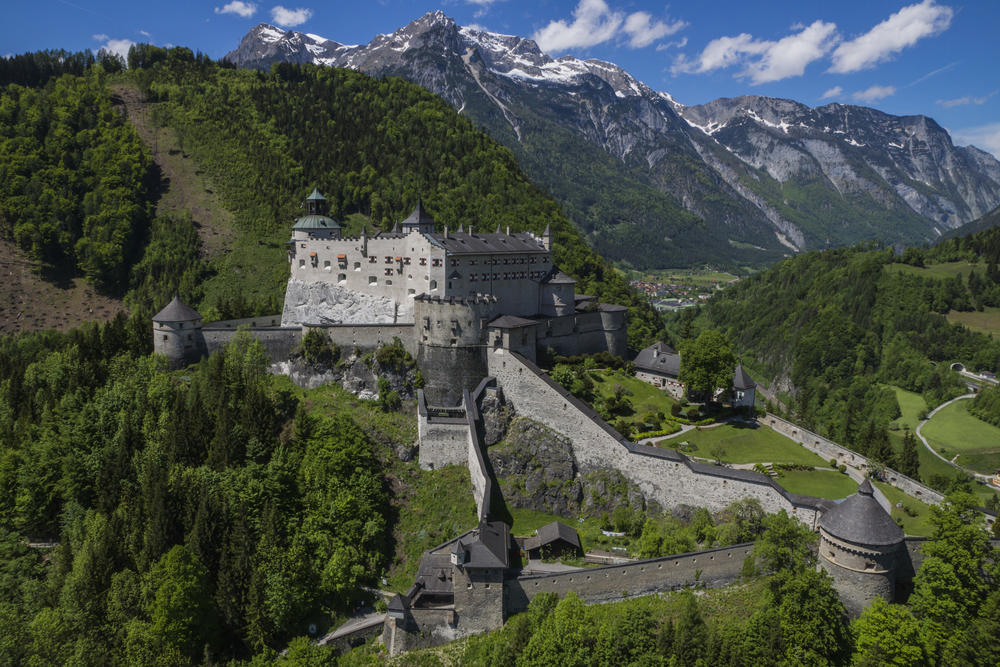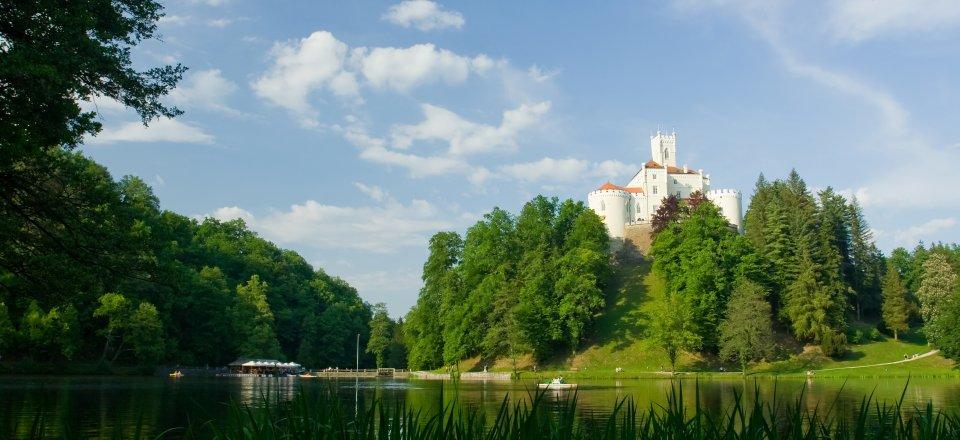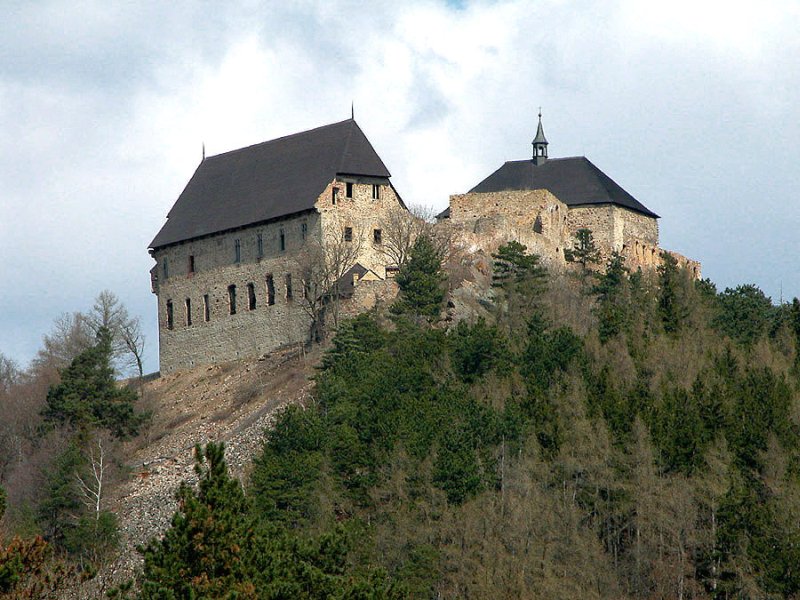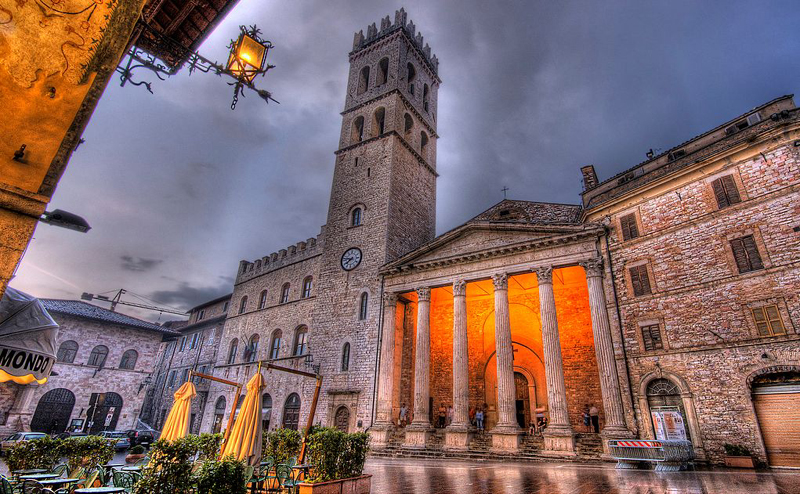Located in the bustling southern Italian town of Bernalda, the mansion is the fifth and most luxurious in a collection of hotels owned by Francis Ford Coppola. It represents a homecoming, of sorts, for the multifaceted director, whose grandfather emigrated to America from there in 1904.
With the help of famed French designer Jacques Grange, Francis Ford Coppola transformed a 19th-century mansion into a grand hotel with the charm and sophistication of the Belle Époque
Palazzo Margherita, built between 1885 and 1892 on commission of the then mayor of Bernalda, Giuseppe Margherita, is a fine example of eclectic architecture of the late 19th century, with a two-level plan, compact on the outside and articulated on the inside, with symmetrical side wings that develop around the central courtyard and end with a prospective fifth that frames the unique garden.
The palace, which has always belonged to the family Margherita and subject to protection by the Superintendence, was purchased in 2006 by the famous film director Francis Ford Coppola who wanted to use it as a "period residence" for tourist-receptive purposes, being evident the particular historical, architectural, testimonial and cultural value of the house.
Palazzo Margherita is the fifth accommodation facility, and the only one in Europe, of the hotel chain owned by Francis Ford Coppola; in some ways it is a homecoming for the American director, whose grandfather emigrated from Bernalda to America in 1904.
The Resort, which covers a total area of about 2500 square meters, is characterized by nine suites (for a total of 18 beds), three of which are located on the ground floor and six on the main floor.
The suites of the ground floor, different from each other for type and size, have a typical Mediterranean setting, in due respect of the original destination of the premises: they are almost bucolic environments, pervaded by a slight patina decadent and elegant in their pristine simplicity; the goal was to preserve the rural character of the place, while ensuring high levels of comfort. On the main floor the six suites, all different from each other, are instead characterized by refined and timeless settings, some of them "themed" based on historical-biographical patterns in order to preserve the atmosphere of a noble residence and offer guests the opportunity of a unique and fascinating experience. There are precious historical testimonies, frescoes and decorations that evoke the splendor of the eclecticism of the late nineteenth century up to the Moorish style, Neoclassical, Baroque, Liberty and Art Deco.
